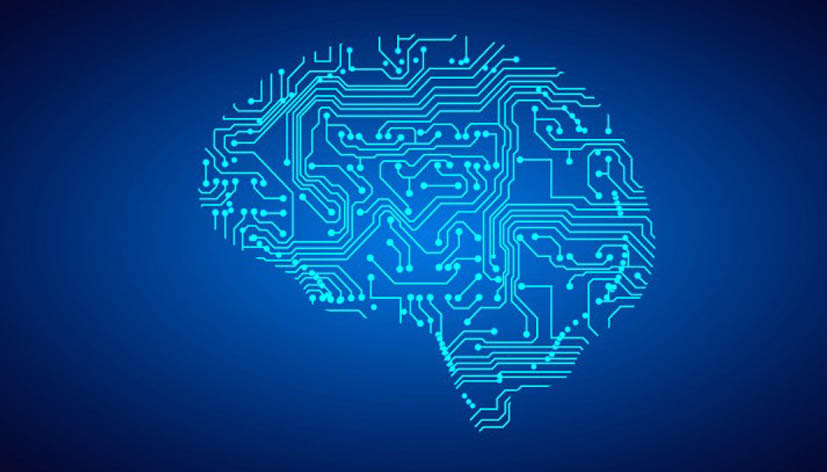In the age of information, artificial intelligence (AI) has become a double-edged sword. While it holds tremendous potential for innovation and efficiency, it also poses significant risks, particularly in the realm of misinformation. AI-assisted misinformation leverages advanced algorithms to create, spread, and amplify false or misleading information with unprecedented speed and reach. Understanding how AI contributes to misinformation and learning to identify it are crucial steps in mitigating its impact.
What is AI-Assisted Misinformation?
AI-assisted misinformation involves the use of AI technologies to produce and disseminate false or misleading information. This can take several forms, including:
1. Deepfakes
Deepfakes use AI to create realistic but fake videos or audio recordings. By manipulating visual and auditory data, deepfakes can make it appear as though someone is saying or doing something they never did. These can be used to discredit individuals, spread false narratives, or incite public unrest.
2. Generative Text
AI models like GPT-4 can generate human-like text, which can be used to create convincing fake news articles, social media posts, or even entire websites. These texts can be tailored to target specific audiences and spread misinformation effectively.
3. Social Media Bots
AI-powered bots can amplify misinformation by automatically posting or sharing content on social media platforms. These bots can create the illusion of widespread support for a particular view, manipulate public opinion, or simply increase the visibility of false information.
4. Image and Video Manipulation
AI tools can alter images and videos, making it difficult to distinguish between real and doctored media. These manipulated visuals can be used to support false claims or create misleading impressions.
How to Identify AI-Assisted Misinformation
Identifying AI-assisted misinformation can be challenging, but several strategies can help:
1. Scrutinize the Source
- Credibility: Verify the credibility of the source. Established and reputable news outlets are less likely to disseminate false information.
- Author Details: Check the author’s credentials and past work to ensure they are a legitimate and reliable source of information.
2. Analyze the Content
- Consistency: Look for inconsistencies or anomalies in the content. Poor grammar, spelling errors, or unusual writing styles can be red flags.
- Factual Accuracy: Cross-check the facts presented in the content with reliable sources. Misinformation often contains false or misleading data that can be debunked with a little research.
3. Examine Visuals
- Deepfakes: For videos, watch for unnatural movements, facial expressions, or audio-visual synchronization issues that might indicate deepfake technology.
- Image Analysis: Use reverse image search tools to check the origins of images and see if they have been manipulated or taken out of context.
4. Use Verification Tools
- Fact-Checking Websites: Utilize fact-checking websites like Snopes, FactCheck.org, and others to verify the accuracy of information.
- AI Detection Tools: Some tools and plugins are specifically designed to detect deepfakes and other forms of AI-generated content.
5. Assess the Social Media Activity
- Bot Behavior: Be wary of accounts that post excessively, lack personal information, or have generic profiles. These could be bots designed to spread misinformation.
- Engagement Patterns: Look at how the content is being shared. A sudden spike in engagement from accounts with little activity history can be suspicious.
AI-assisted misinformation presents a significant challenge in the digital age, leveraging advanced technologies to create and spread false information. By understanding the various forms of AI-assisted misinformation and learning to identify them, individuals can better protect themselves and their communities from its harmful effects. Critical thinking, diligent verification, and the use of reliable tools and resources are essential in the fight against misinformation. As AI technology continues to evolve, so too must our strategies for discerning truth from deception.










































